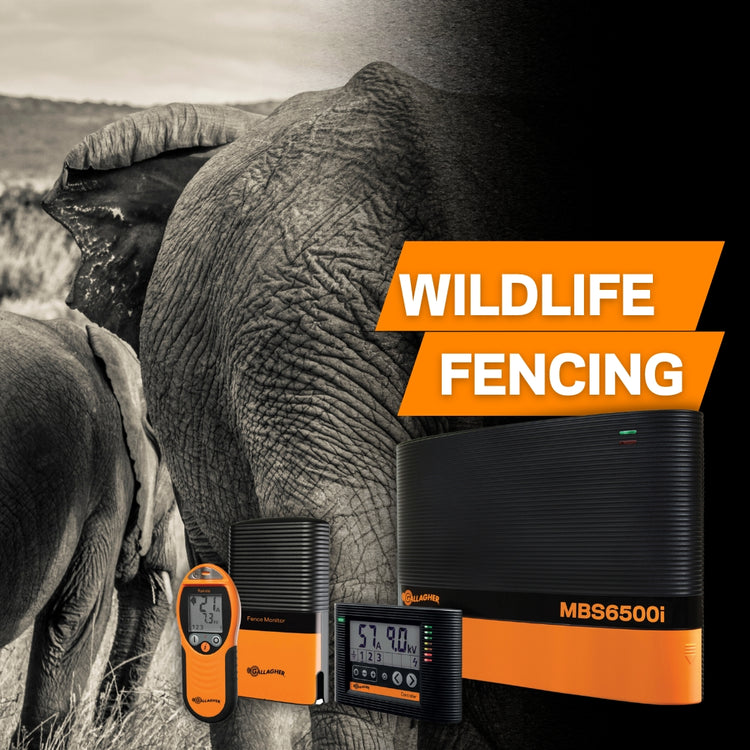The Role of Wildlife Fences in Managing Human-Wildlife Conflict

In the intricate dance of life, animals are perpetually on the move, driven by the pursuit of food, safety, and favorable conditions for breeding and rest. This ceaseless movement often brings them into conflict with human activities, leading to damage to crops, livestock, and even posing threats to human safety. To mitigate these conflicts, wildlife fencing has emerged as a vital tool.
Fencing wildlife areas is not without its challenges. Wild animals, constantly migrating in search of greener pastures, test the resilience and effectiveness of these barriers. It is crucial to consider several factors when designing and installing wildlife fences, such as the height of the fence and the voltage of the energizers, to ensure the safety and well-being of both the animals and the people.
One of the primary considerations is the height of the fence. For instance, animals like baboons may attempt to scale shorter fences, leading to escapes or, worse, becoming trapped and dying in the process. High fences can prevent such incidents by deterring these animals from even attempting to climb.
Voltage is another critical factor. Large herbivores, such as elephants, may try to trample fences, especially in desperate situations. Therefore, it is essential to have a voltage that deters but does not harm the animals. Gallagher Animal Management Fences, are innovative and reliable solutions that are designed to deliver the optimal voltage to deter animals without causing harm.
Gallagher's animal management fences offer several benefits. Our energizers are designed to be efficient and effective over long distances, ensuring consistent voltage throughout the fence. This is particularly important because the length of the fence often determines the number of energizers required, making Gallagher's solutions both cost-effective and efficient. The electrified wire strands used are thick enough to conduct the current fully, reducing the risk of short-circuits.
Regular maintenance and monitoring of the fence are crucial as over time, fences can be damaged by animals or poachers, leading to gaps and breaches. Regular inspections help ensure the integrity of the fence, preventing animals from escaping or getting injured.
Wildlife movements are vital to the ecosystems they inhabit. Trampling by wildlife keeps grasses short yet productive, preventing the encroachment of woodlands into grasslands. Animal excretions fertilize the soil and aid in seed dispersal, while prey species provide critical food sources for predators. Thus, while fencing is necessary to protect human interests, it must be done thoughtfully to maintain the ecological balance.
In conclusion, wildlife fencing, when implemented with care and consideration, can significantly reduce human-wildlife conflict. Gallagher Animal Management Fences are designed for the balance between efficiency and animal welfare, providing solutions that protect crops, livestock, and human safety while respecting the natural movements and behaviors of wildlife. Regular maintenance and thoughtful designs are key to ensuring these fences serve their purpose without disrupting the delicate balance of our ecosystems.
Click here to contact us for more information about wildlife fencing.

Hi, please assist with 2 × 5ha blocks, 2 wires solar driven day and night, for elephants.
Hi I would like to have a quotation for 90000 m2 wild fence with two lines.